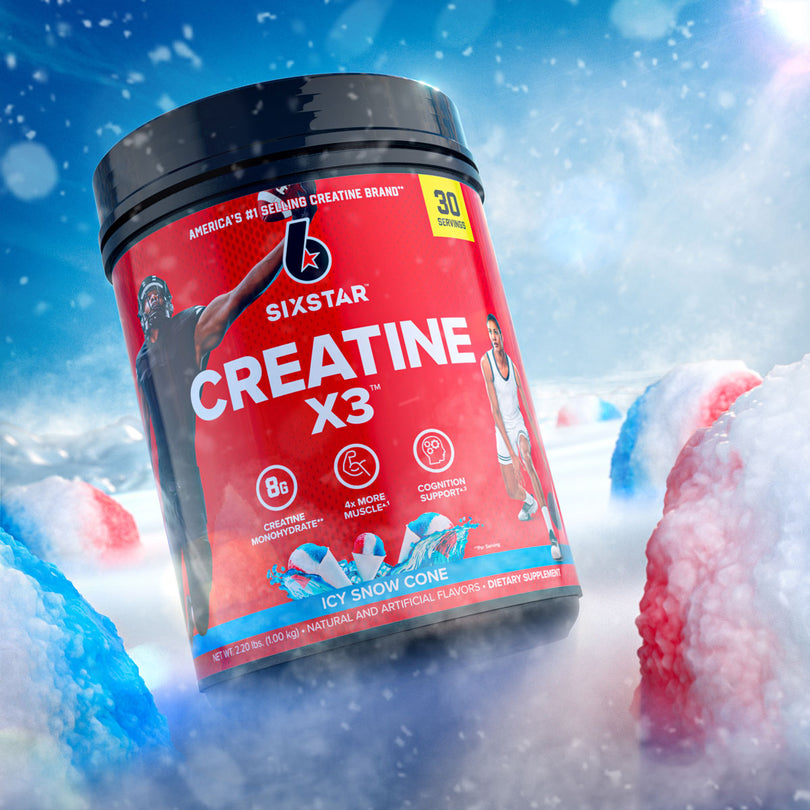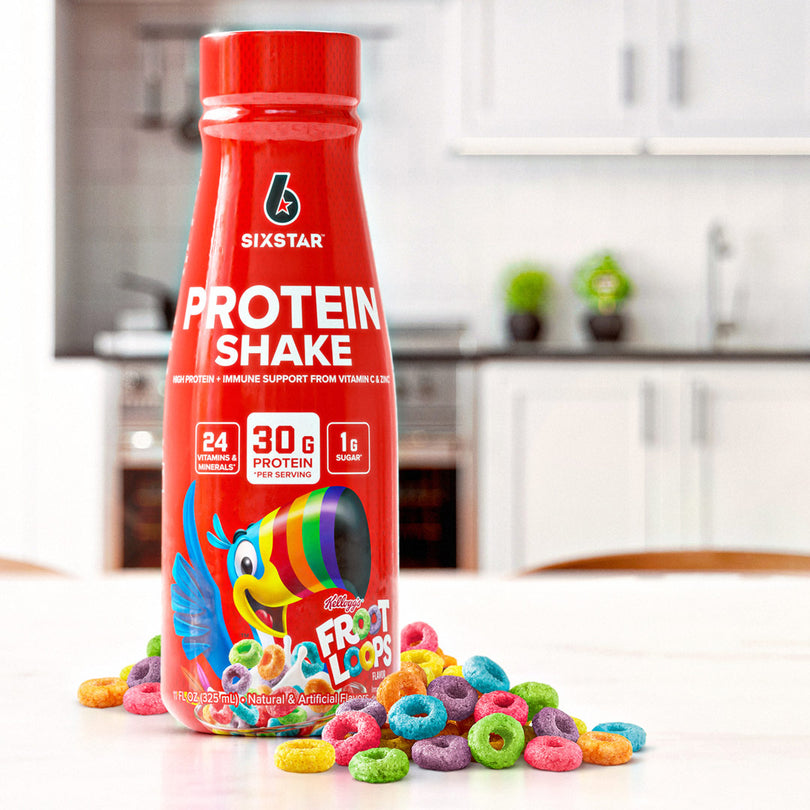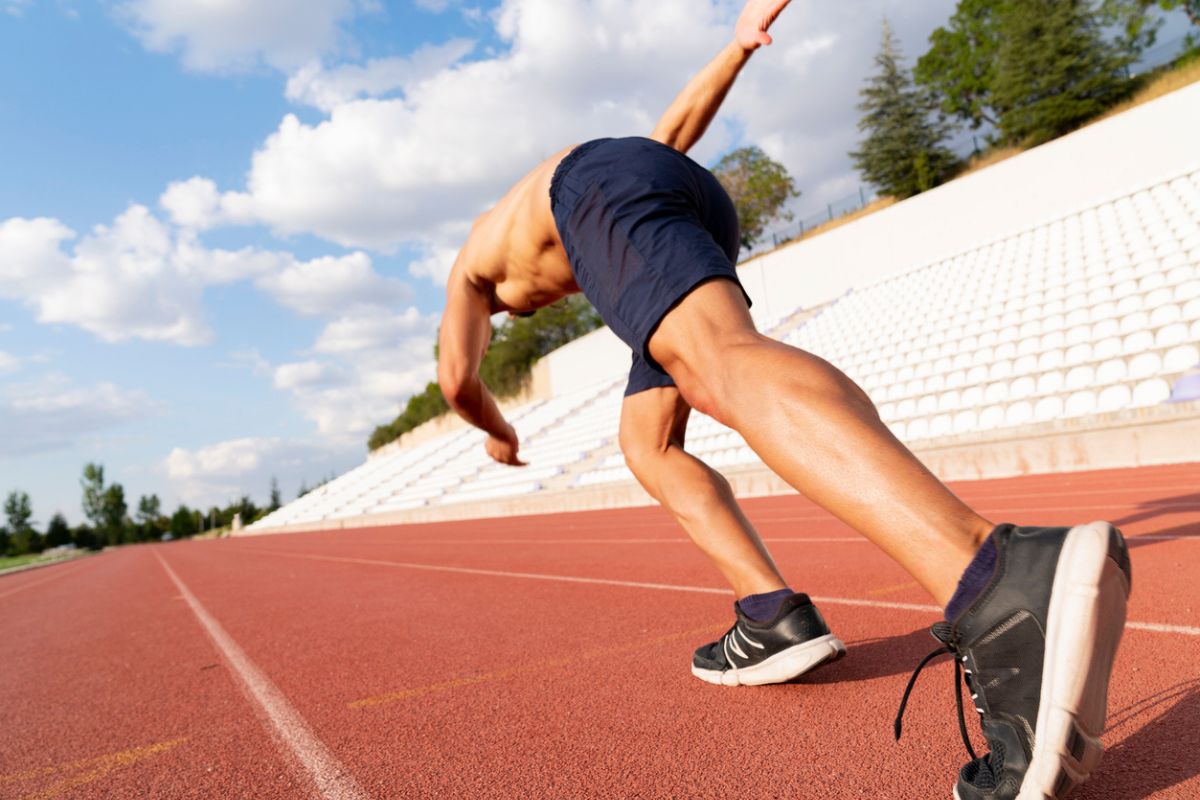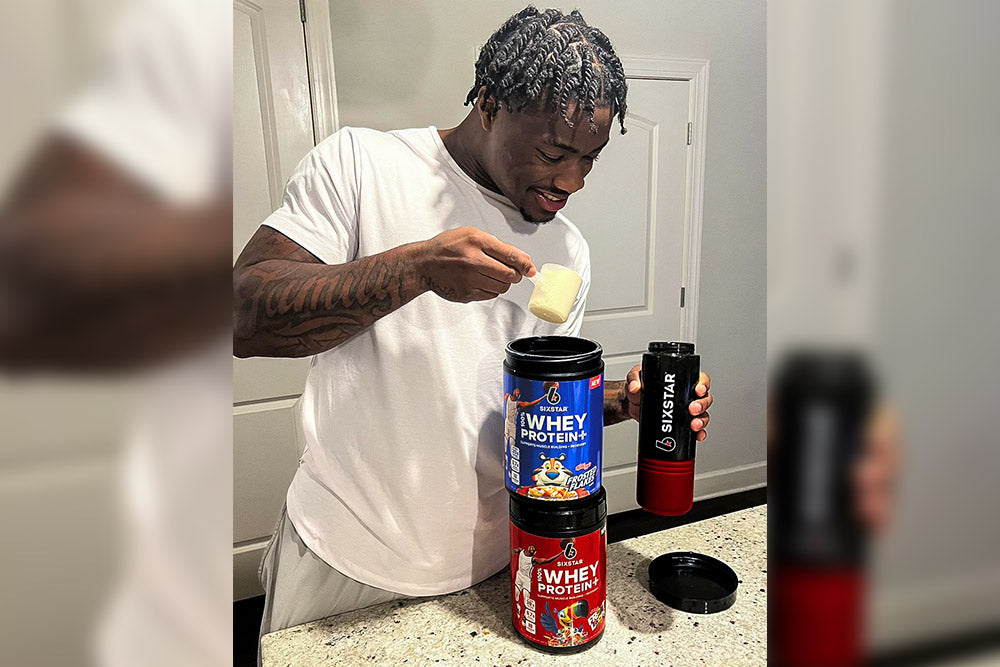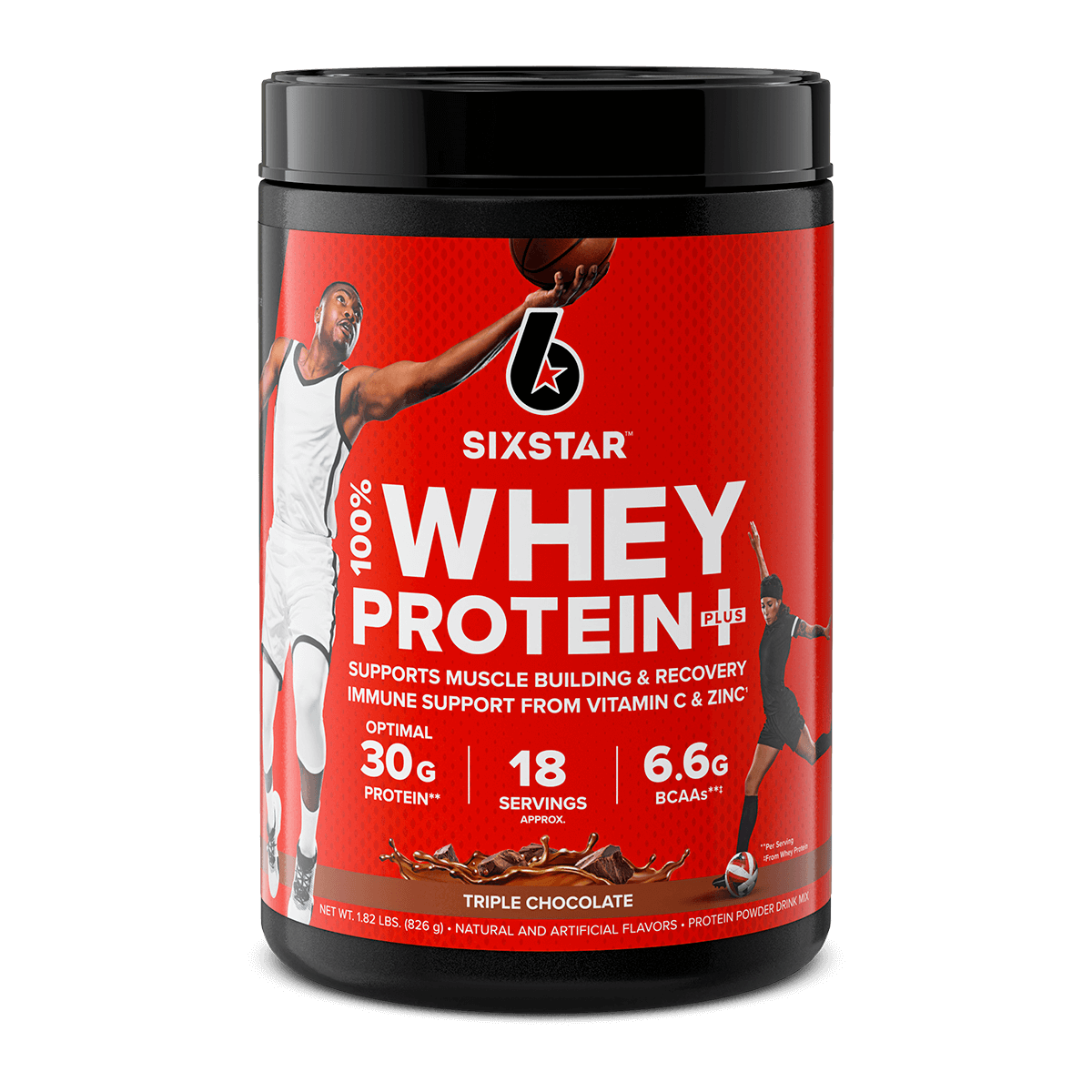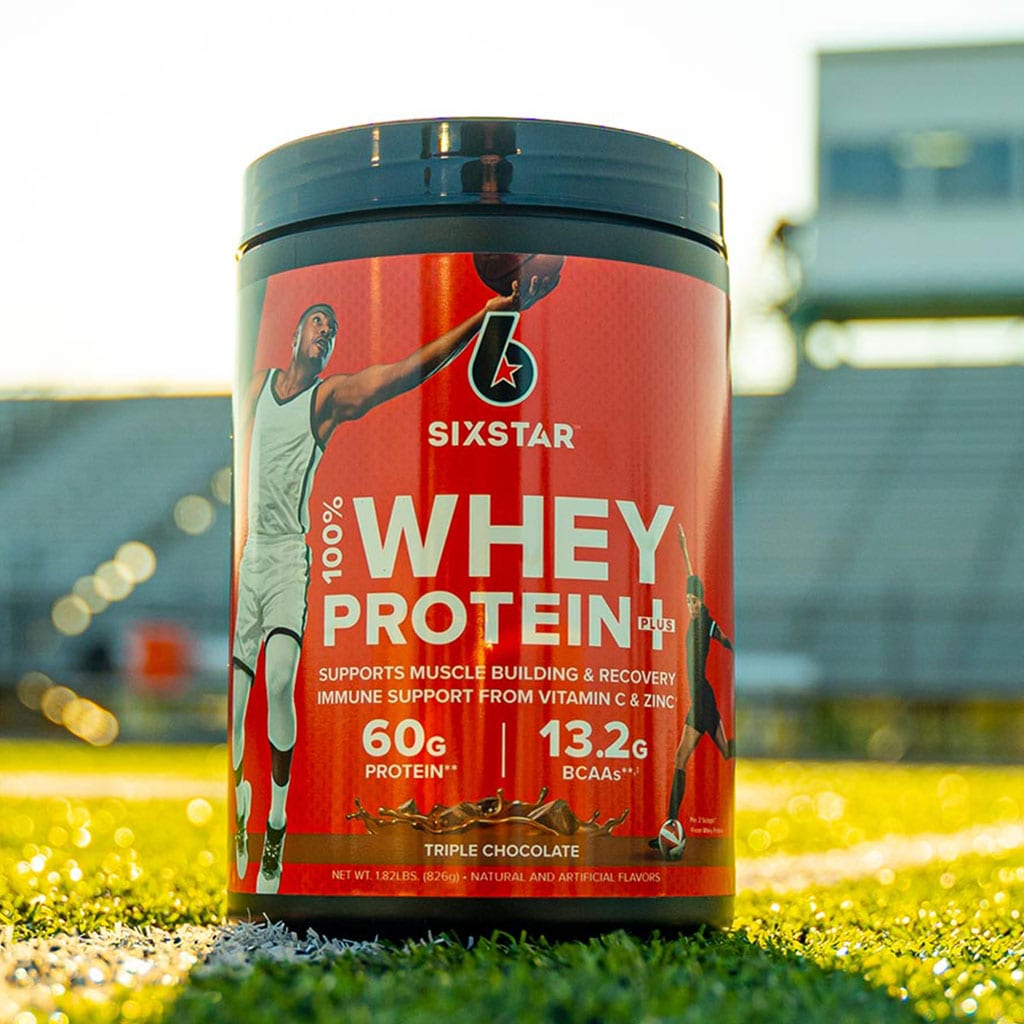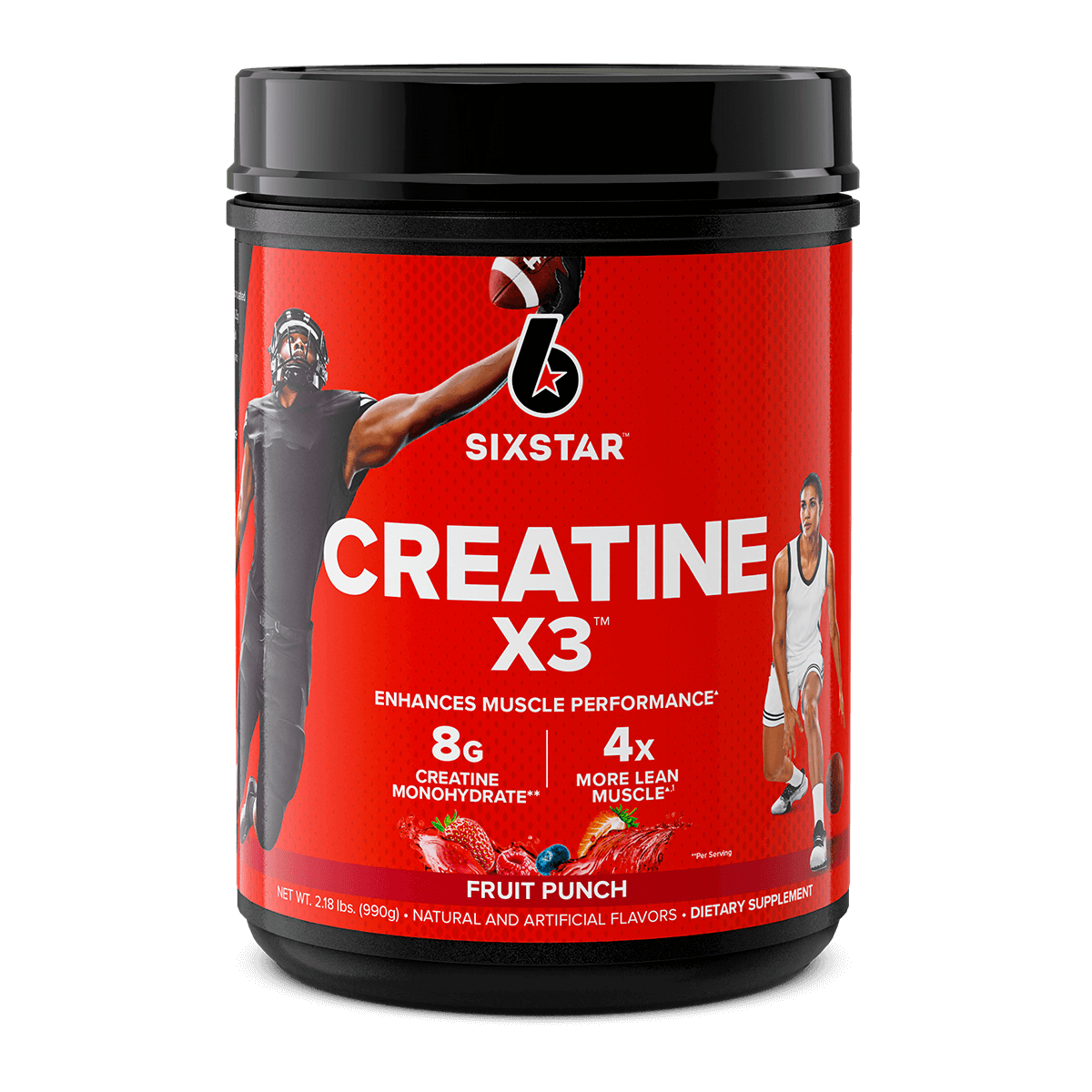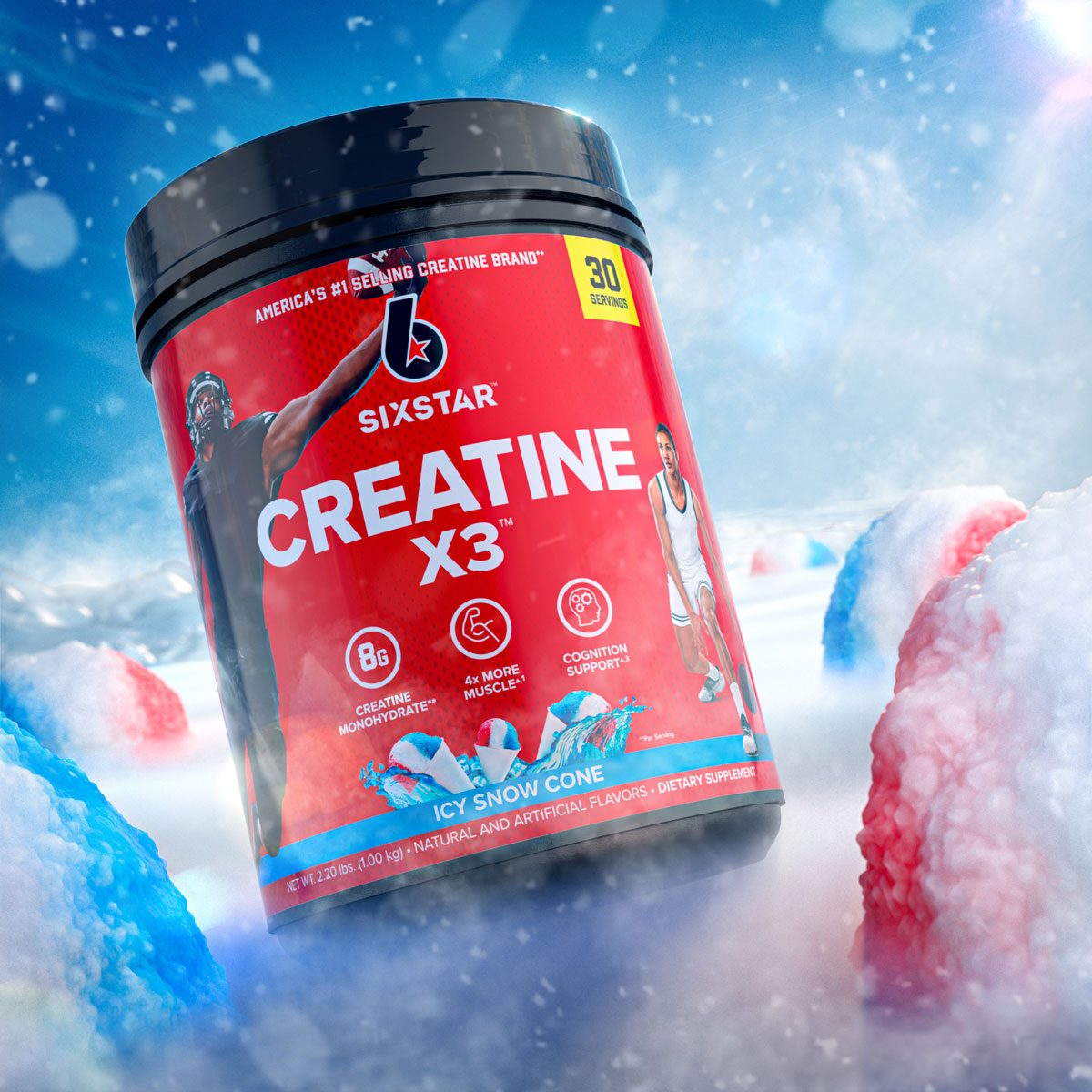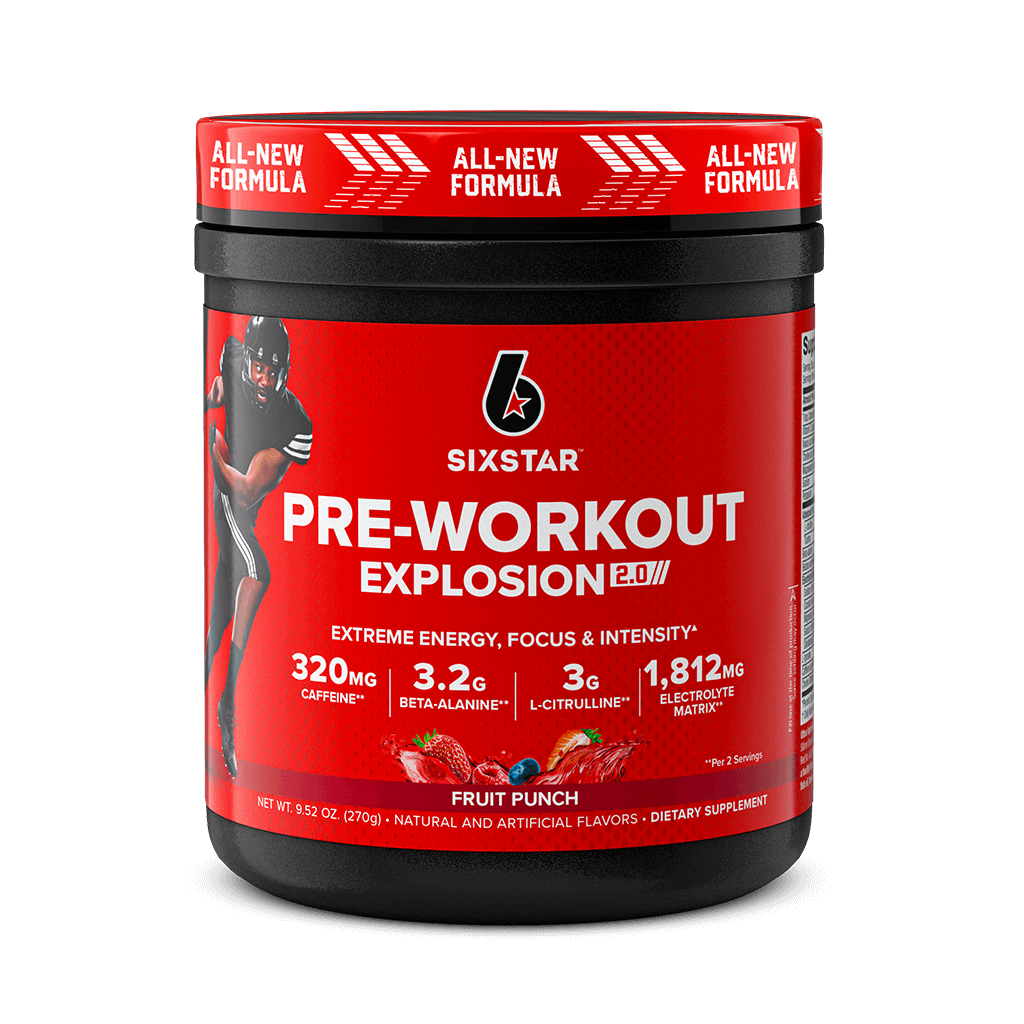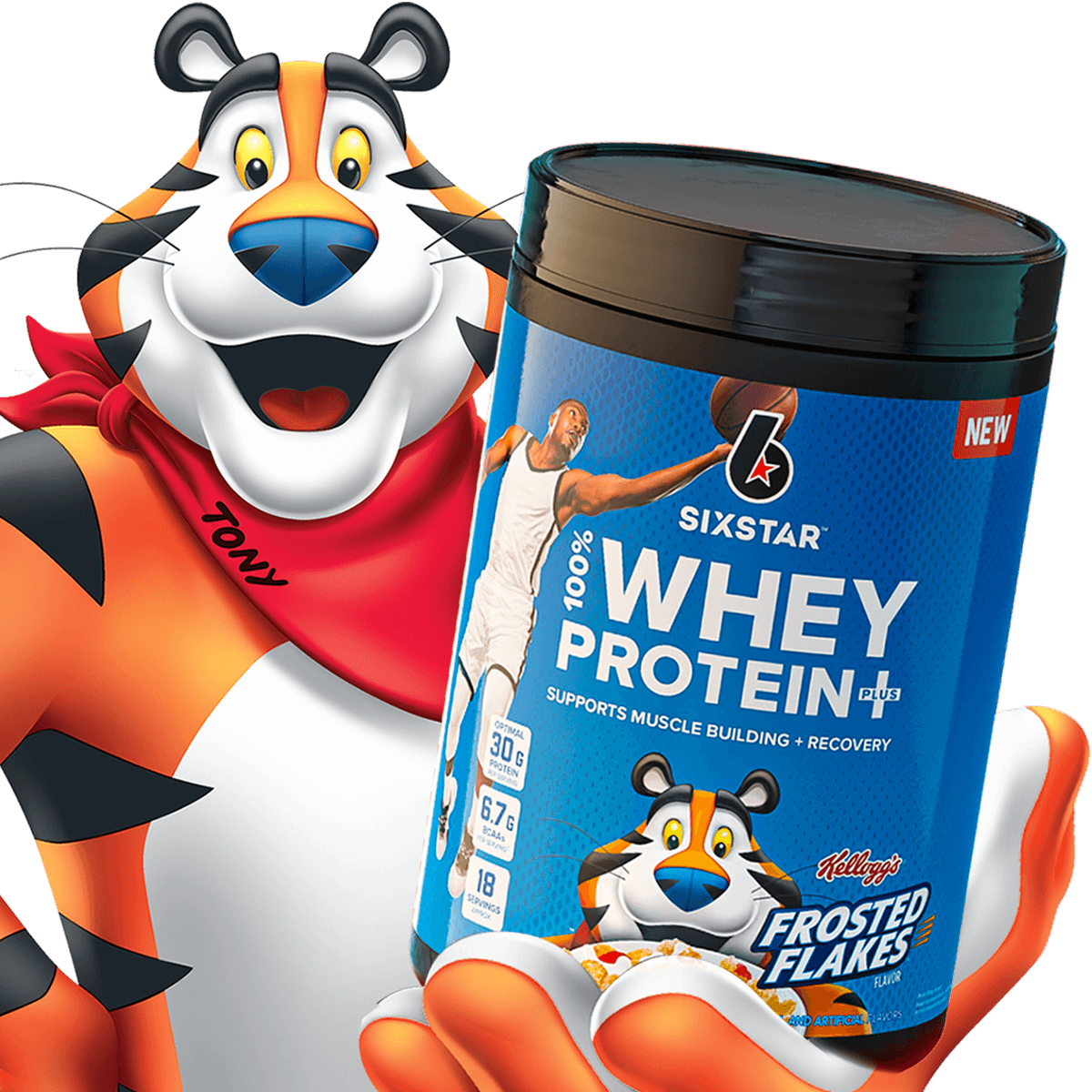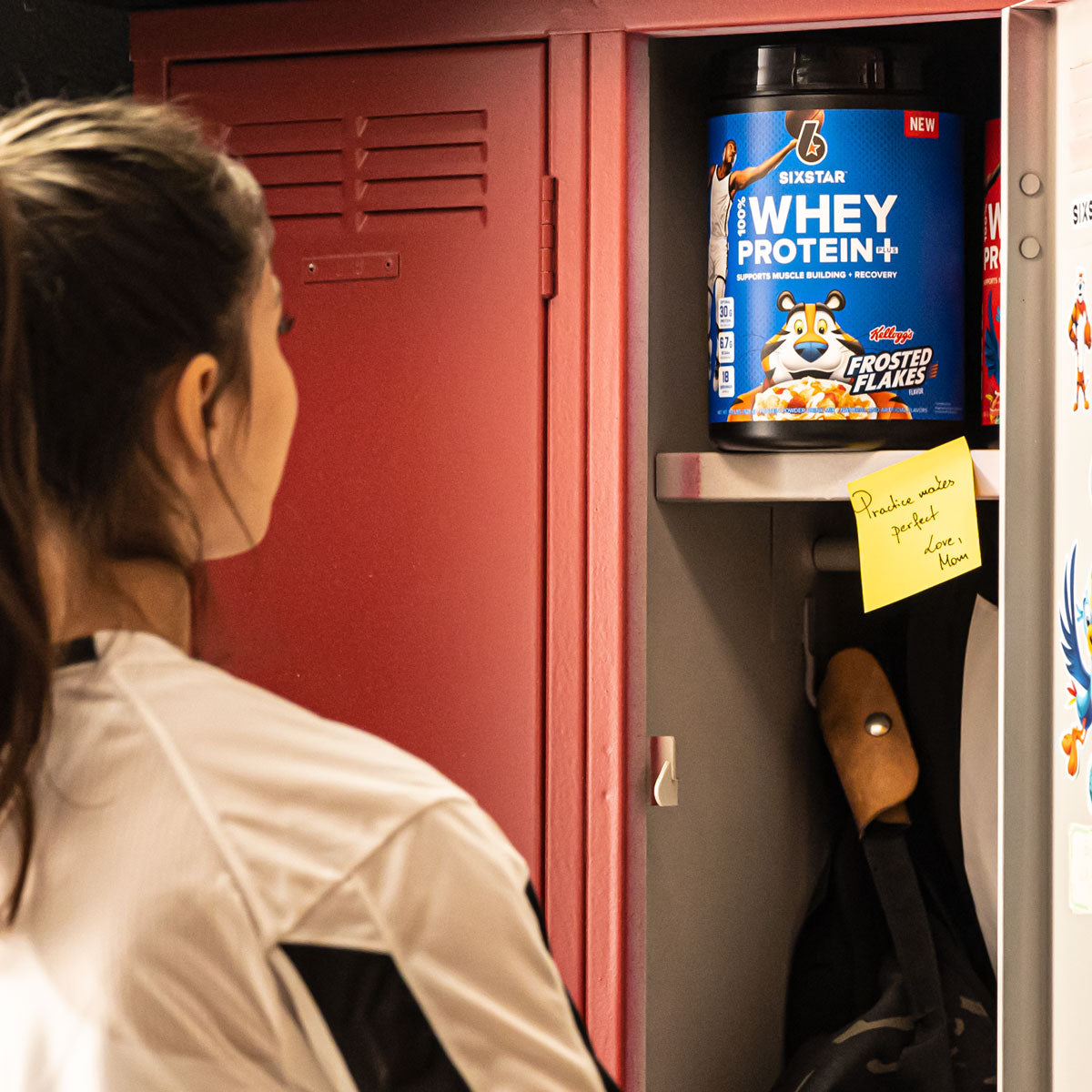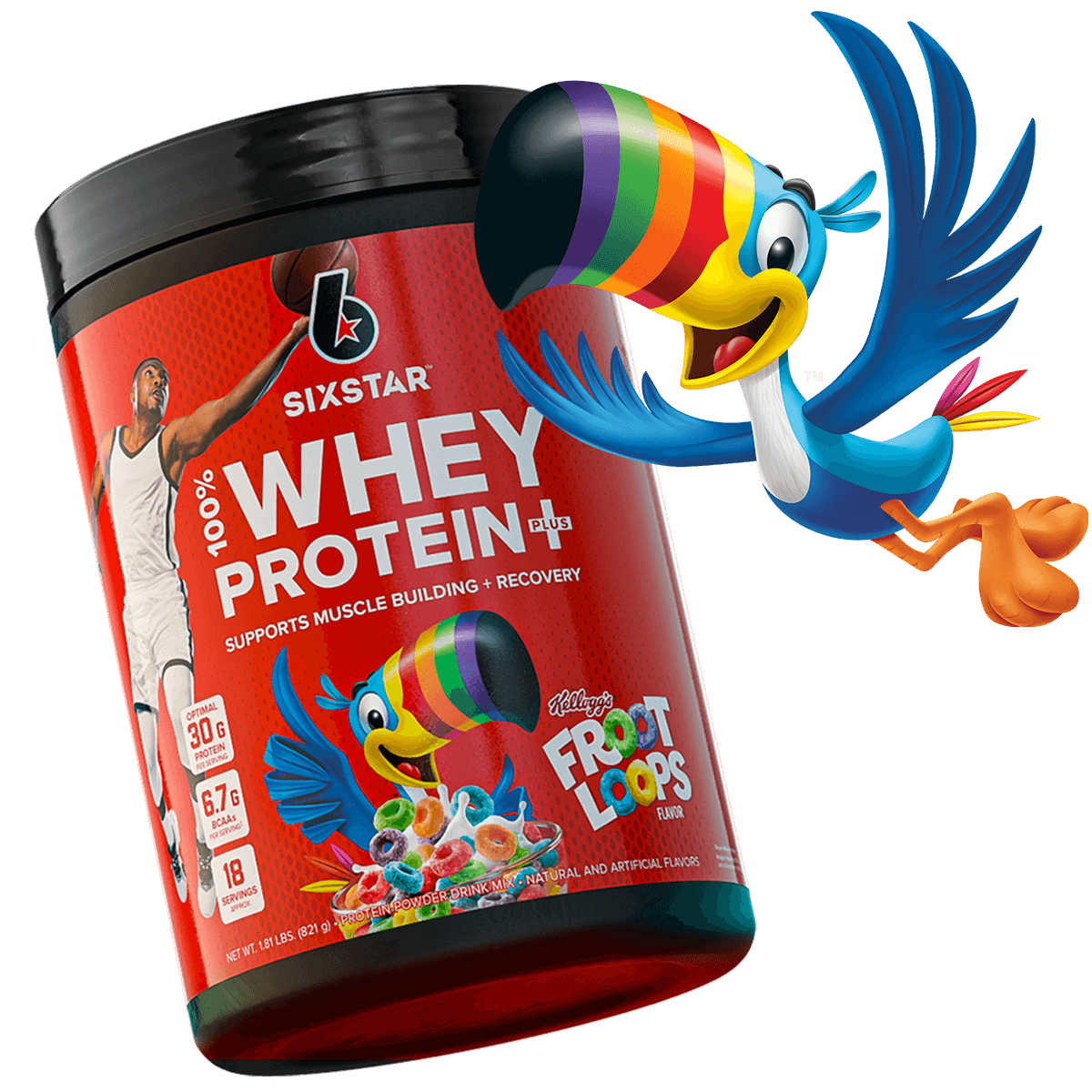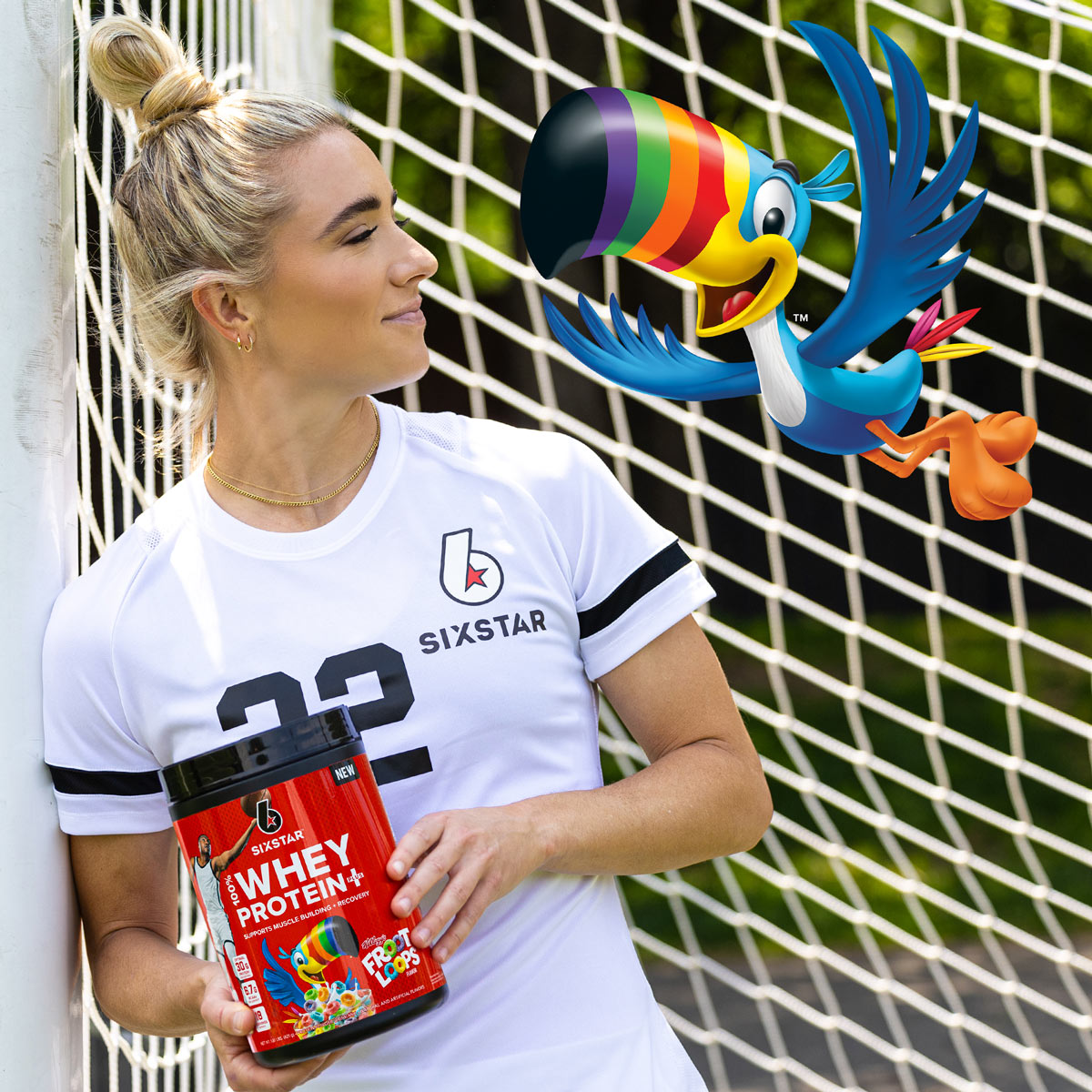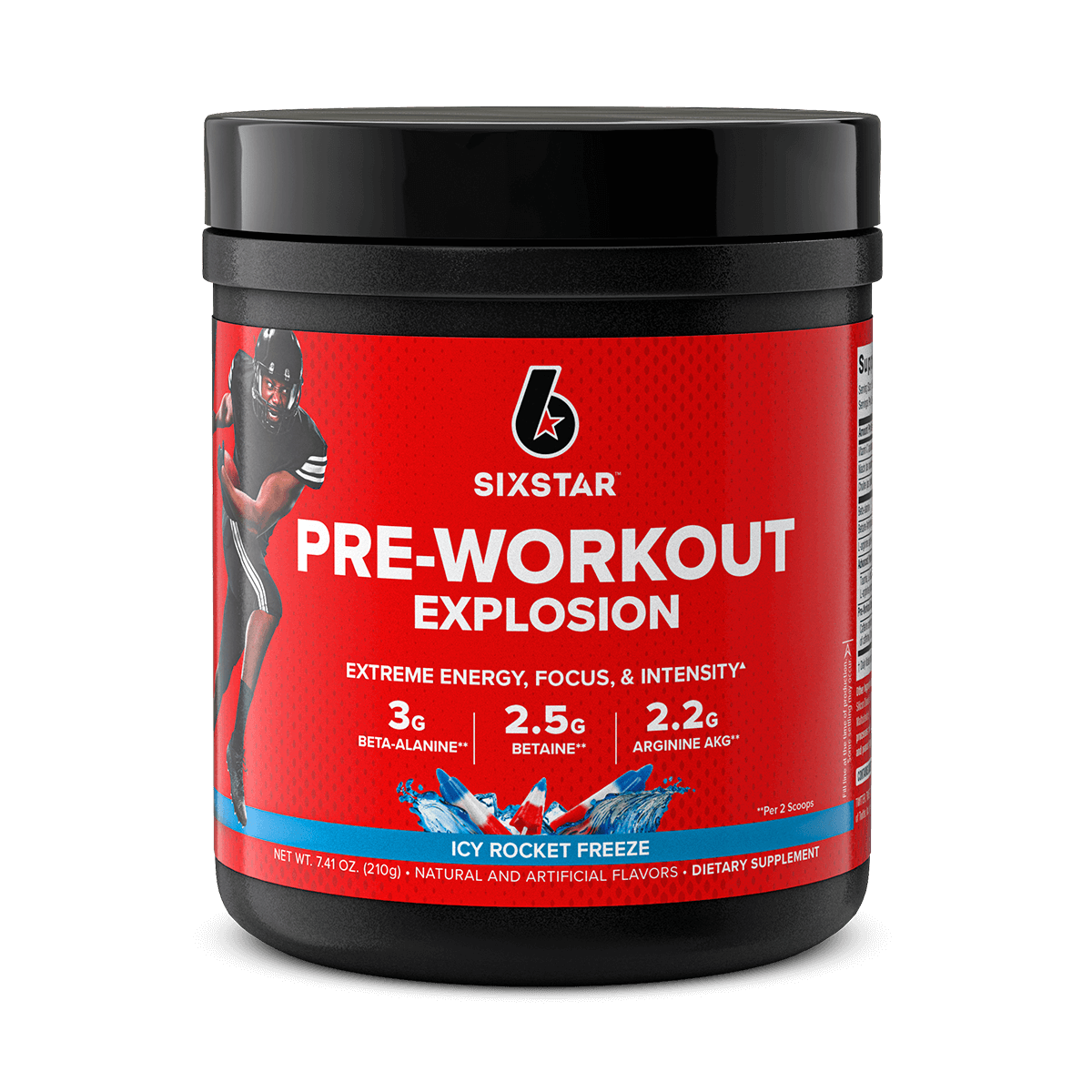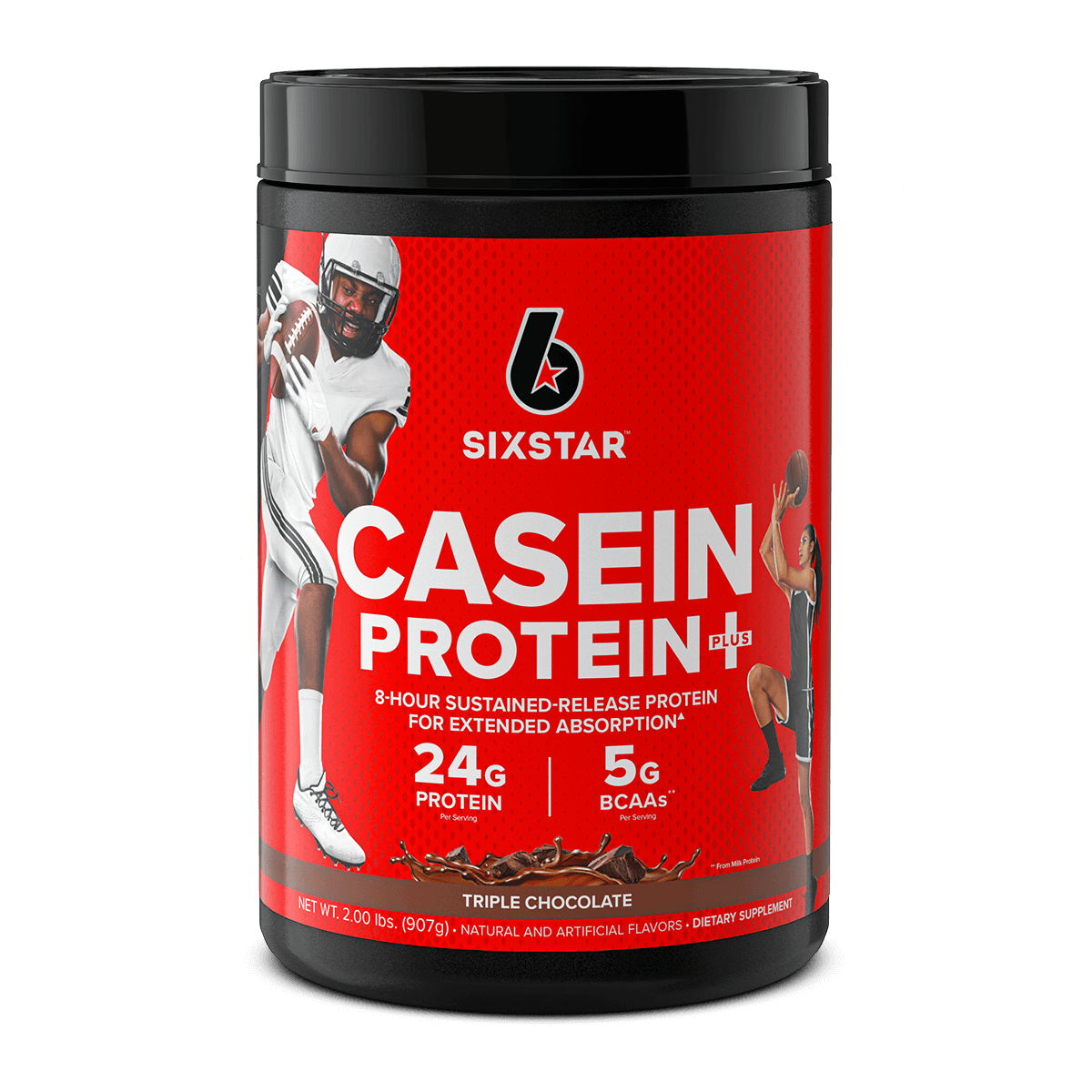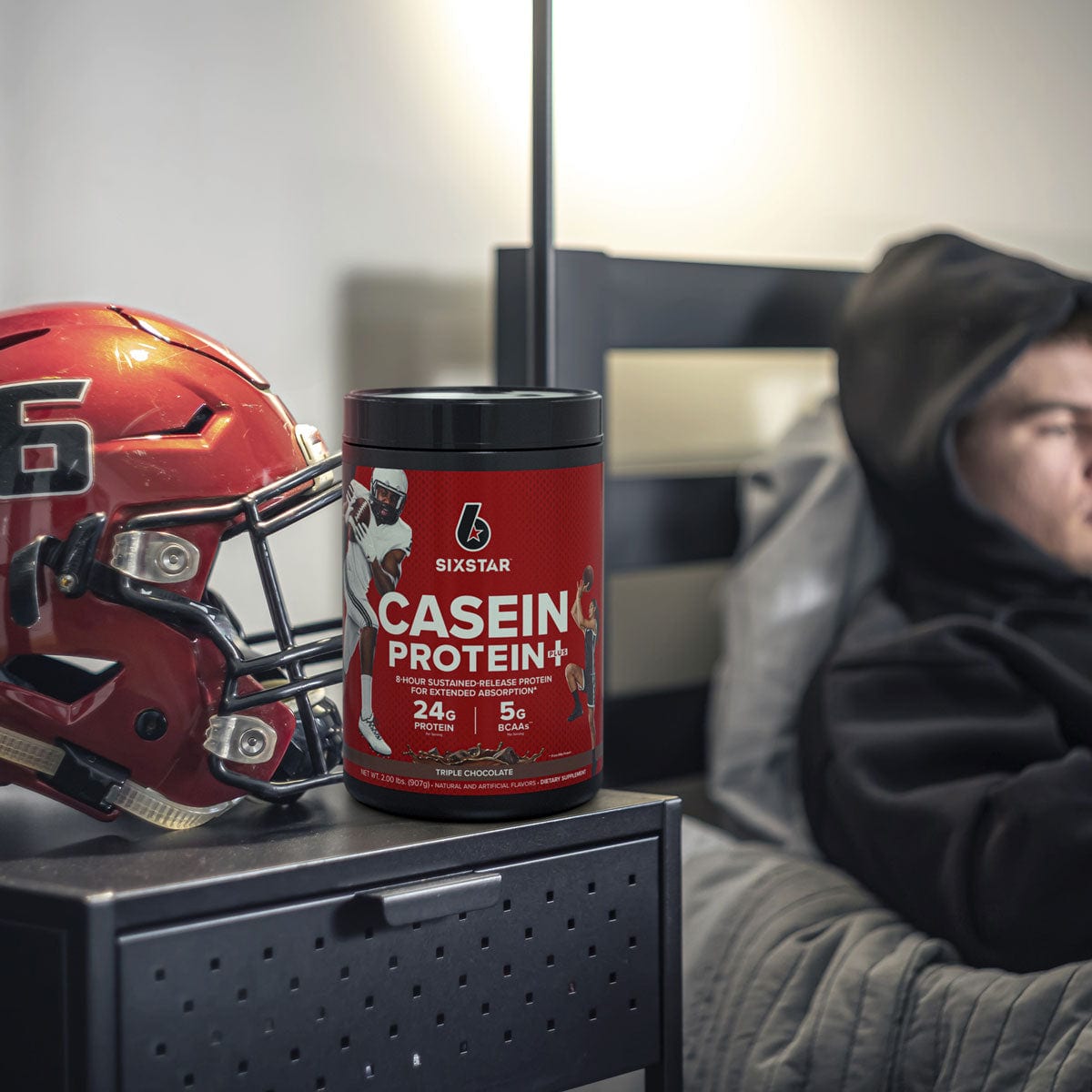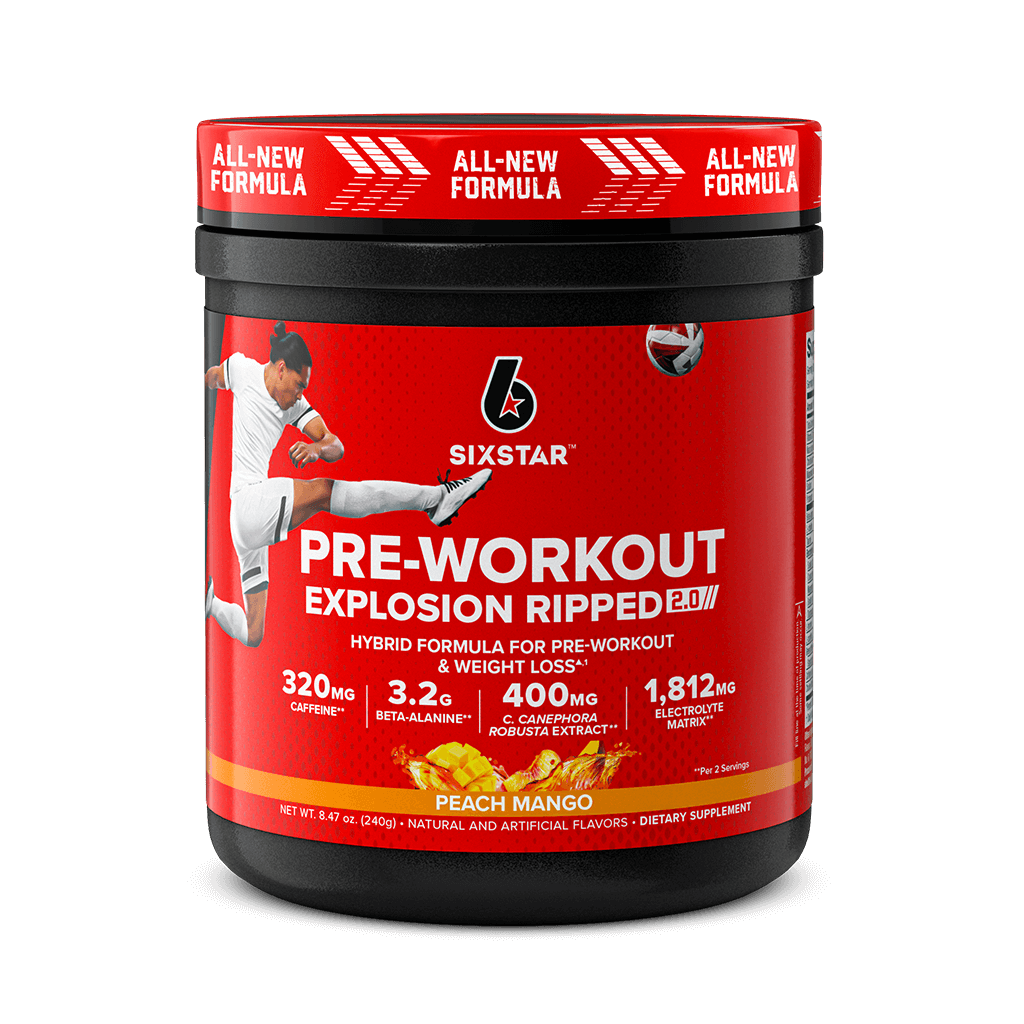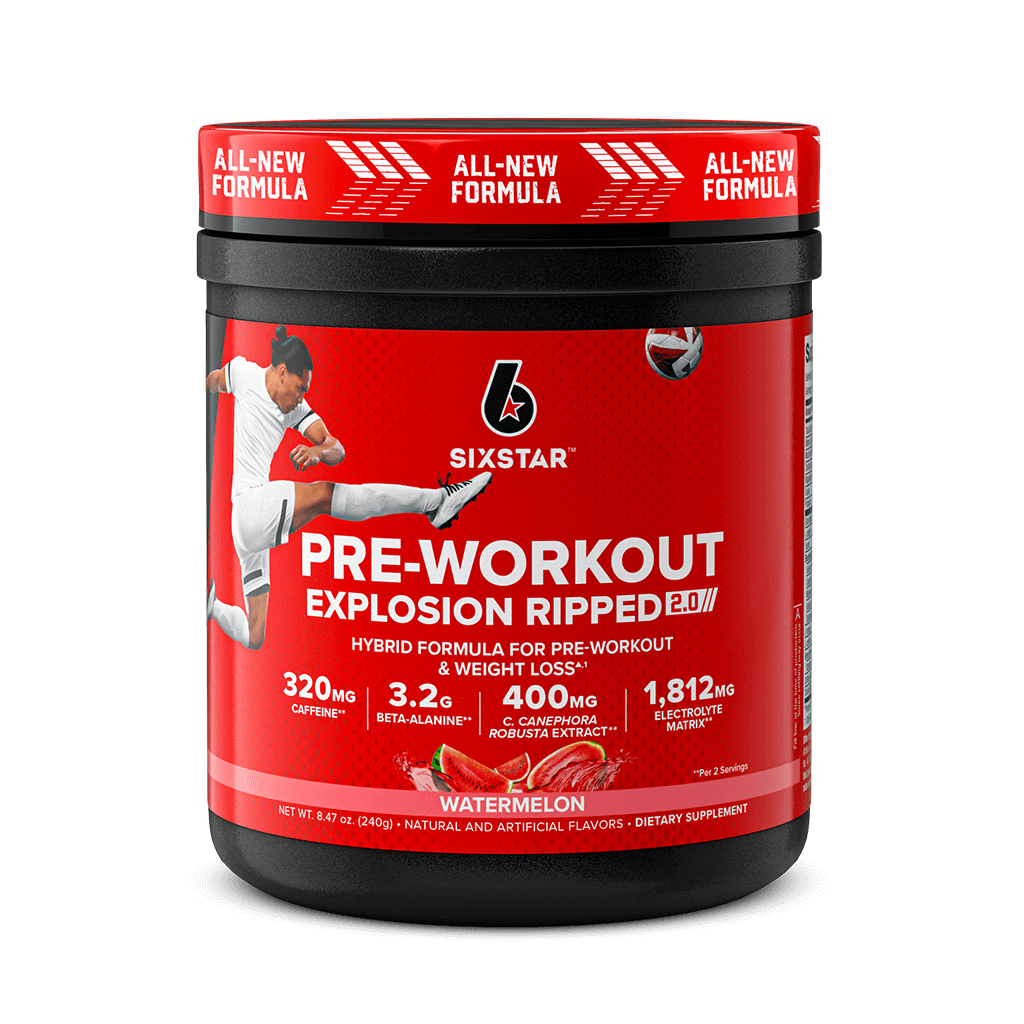You don’t have to be an athlete to train like one- and there are plenty of reasons why you might want just to do that. The journey to be our best selves begins with a single step, but the pursuit of athlete performance demands dedication, perseverance, and a structured plan. Whether you are a fitness enthusiast or a budding sportsperson aiming to elevate your training, you will learn not only the physical aspects of training, but also about mental and emotional resilience. In this article we will explore strategies and key principles to help you achieve elite sport performance.
Table of content
WHY TRAIN LIKE AN ATHLETE?
The right question is, why aren’t you training like an athlete? You might not be running for an Olympic gold medal, but that doesn’t mean you won’t experience the benefits of a tailored, task specific and a level appropriate training program. Here are a few reasons you should be training like one:
1. Create Upper Body Symmetry
Athletic upper body exercises are often designed to balance muscle development and overall strength. Regular gym exercises that are focused mainly on pushing motions may lead to imbalances which can hinder progress in other motions and lead to an injury down the road. Athletic symmetric exercises, both front to back and side to side, help us function every day and prevent injury.(1)

2. Improve Lower Body coordination and strength
Lower body coordination comes handy when you are walking up and down a flight of stairs or chasing a bus down as it pulls away or catch a stroller that was not parked properly on an incline. The lower body strength required in these situations is often neglected in most weight training regimens.
You can run a mile or perform cardio exercises, but they do not count as lower body exercises. Lower body exercises work on muscles that help maintain an active life as well as enhance athletic performance.(2)
3. Prevent Back Injury
Lower back pain is the most common issue that people face in everyday life. Using a sport-specific core training exercise, you can strengthen important stabilizer muscles, as well as lower back. This in turn will teach those muscle groups to work together to prevent injury and improve athletic performance.(3)

4. Retain structural functioning
When an automobile is functioning smoothly, we often refer to it as a “well-oiled machine”. The reason being that every part is working to maximum output and working in coordination. Great athletes are like well-oiled machines, and hence need to be to their optimal best overall. By working out, our bones and muscles get stronger, our nervous system stays active, and we are healthy internally.(4)
STEPS TO TRAIN LIKE AN ATHLETE
It is not easy to train like a professional athlete if you are not a professional athlete. You have a job to go to and other engagements that keep you out of the gym. However, to maximize the training you can follow these steps:
1. Proper warm-up
The starting point in training like an athlete is to prepare your body for exercise. A proper warm-up is important to get your body ready for exercise. The most effective way to warm-up is to start with a range of static and dynamic stretches. Jumping squats, jumping jacks or a light jog is a good starting point.
You should aim at least 6-10 mins at the start of your training session. This important phase primes your muscles and tendons for ensuing activities, enhancing activities, enhancing movements, efficacy, and precision.
A comprehensive warm-up is the cornerstone of an athlete’s success. Recognizing the importance of warming up will ultimately determine the success of your training session.
You may be limiting your full potential if you are not warming up correctly. Essentially, if you fail to prepare, you prepare to fail.(5)
2. Muscle Activation
Now that your body has warmed up, the next step for an effective workout is muscle activation. A combination of body weight and resistance exercises can be ideal for muscle activation. This is also a way to prepare your muscles for the exercise they are preparing for, to prevent injury or muscle pull from a workout.
Preparing your muscles through activation is key to performance and an important step in an athlete’s successful training session. You want to hold yourself accountable to stay on track of your warm-up and muscle activation plan by including it in your training schedule.
3. Training Frequency
As in anything else in life, “consistency is key” to achieve your athletic goals. Remaining consistent will help you see desired results; it takes pro-athletes to train for 5-6 hours a day for at least 5-6 days a week. Athletes are pushed to the maximum during intense training for 5-6 hours to guarantee growth and progress in their professional journey and on top of building muscle.
Of course, it is easier for athletes as it is their job, and they have professionals to help them stay focused at the goal. However, the thing to learn from this is that frequency of training not only creates good habits for continued training, but also allows you to challenge your body parts and give them adequate rest and recovery time.(6)
4. Intensity Balancing
Careful moderation is required for high intensity training to achieve most benefits. To enhance cardiovascular fitness, athletes often incorporate these vigorous workouts into their routines. You must be careful to restrain yourself strategically so that you don’t injure yourself. One must focus on harmonious balancing of workout intensity while making sure they do not overpower your routine.
This balanced approach maximizes health benefits, minimizes risks, and is crucial for sustainable athletic development.(7)
5. Mastering the fundamentals
In learning how to train like an athlete, you must master the fundamental skills by extensive practice and prioritizing the perfection of basic movements. Foundational mastering is vital before moving on to more complex or resistant exercises.
Performing the fundamentals correctly will help you see results, train effectively and avoid potential injuries. Once the fundamentals are mastered, you can progress and increase the intensity of these movements by adding additional resistance or weights.
6. Developing Mental Resistance
Developing and strengthening metal resistance is as crucial as physical conditioning. Employing techniques like CBT (Cognitive Behavioral Therapy), NLP (Neuro- Linguistic Programming) and hypnosis play a significant role in solidifying mental toughness. Improved mental resistance not only helps during training sessions but also in competitive environments.
These techniques help athletes in maintaining focus, managing stress, and optimizing performance. Athletes also improve their ability to dig deep, allowing them to push through the mental barriers that can hold them back during training or performing.(8)
7. Aiming For the Ideal Recovery
This is one of the most important factors in training as an athlete as it is counter intuitive to the process. It can be difficult to recognize the importance of rest and recovery when you are training hard. While you are highly motivated and energized, always looking for ways to remain active, rest is just as important.
Training 5-6 hours a day 6 days a week can take a toll on your body if you don’t listen to your body. You should allow your body to rest by incorporating at least 1 rest day into your week. This doesn’t mean that you can’t fit in for a light walk or a swimming session on your rest day while allowing your body to recover and help prepare for another week. Incorporating advanced techniques like cryotherapy not only helps in reducing muscle soreness and inflammation but also improves overall recovery efficiency.
8. Cross-Training Incorporation
By incorporating different types of physical activities, athletes can develop a more balanced and comprehensive fitness profile. It is essential to diversify your workout regimen through cross training to amplify your overall fitness level and to reduce the risk of injury caused by repetitive strain. The variety in training enhances different muscle groups and skills, contributing to a complete athletic ability and preventing the monotony of a single sport focus.
9. Nutrition Adjustment and Monitoring
Balancing your diet based on your physical activity levels and goals plays an important role in improving athletic performance. A balanced nutrition not only supports your energy requirements during training but also aids in muscle repair and overall health, and therefore contributes to a more sustainable and effective regimen.
Adjusting your diet is a critical aspect of training like an athlete that involves meticulous monitoring and adjusting to suit your body requirements. You should carefully track both macronutrients (Proteins, Carbohydrates, and Fats) and micronutrients, to ensure your body receives the necessary fuel for optimal performance and efficient recovery.(9)
10. Technology And Equipment Incorporation
Times are evolving and technology is involved in every aspect of our lives. With the advent of wearable trackers and specialized apps monitoring athletic progress and collecting performance data has become a norm. These devices provide valuable insights into various aspects of your training, such as heart rate, calorie intake and expenditure, sleep patterns, and activity levels.
Inclusion of this information smartly can help you make informed decisions about adjustments needed to your workout intensity, type, and duration. This approach ensures a more personalized and effective training plan, aligning closely with your specific goals and health metrics.
Get Started & Get Going
In conclusion, the pursuit of elite sport performance is a demanding but rewarding journey. To be on the right path of reaching your potential as an athlete you need to set clear goals, surround yourself with like-minded people, create a well-structured plan and prioritize rest and recovery. Training like an athlete traverses the boundaries of normal fitness routines and includes a comprehensive approach that involves a blend of disciplined physical training, strategic nutrition, mental strength, and the smart use of technology and recovery techniques.
If you start training to be the strongest, fastest, and fittest you have ever been, there is a high chance that you will transform your aesthetics. As we discussed in this article, adopting the mindset and habits of an athlete can significantly elevate your fitness journey. Whether you’re an athlete or a fitness enthusiast, these principles of training can be adapted to fit your individual needs and goals. By taking this leap of faith in the athletic world, you can enhance not only your physical capabilities but also your mental and emotional resilience.
Training like an athlete is about more than achieving your prime health condition; it’s a commitment to a journey in pursuit of excellence, discipline, and continuous improvement. If you carry the insights and techniques discussed and apply them You will build dense, powerful, and well-proportioned muscle mass that lasts and is functional for whatever the world throws at you.
REFERENCES:
- https://www.ncbi.nlm.nih.gov/pmc/articles/PMC7312575/
- https://www.ncbi.nlm.nih.gov/pmc/articles/PMC6873344/
- https://www.ncbi.nlm.nih.gov/pmc/articles/PMC3963038/
- https://www.ncbi.nlm.nih.gov/pmc/articles/PMC3806175/
- https://blog.sixstarpro.com/training/mental-sweat-monday/
- https://www.nbcnews.com/better/health/5-scientifically-proven-ways-reduce-muscle-soreness-ncna848001
- https://www.healthline.com/health/exercise-fitness/endurance-vs-stamina
- https://www.brainzmagazine.com/post/mind-over-matter-achieving-health-and-harmony-through-nlp-cbt-and-self-hypnosis

